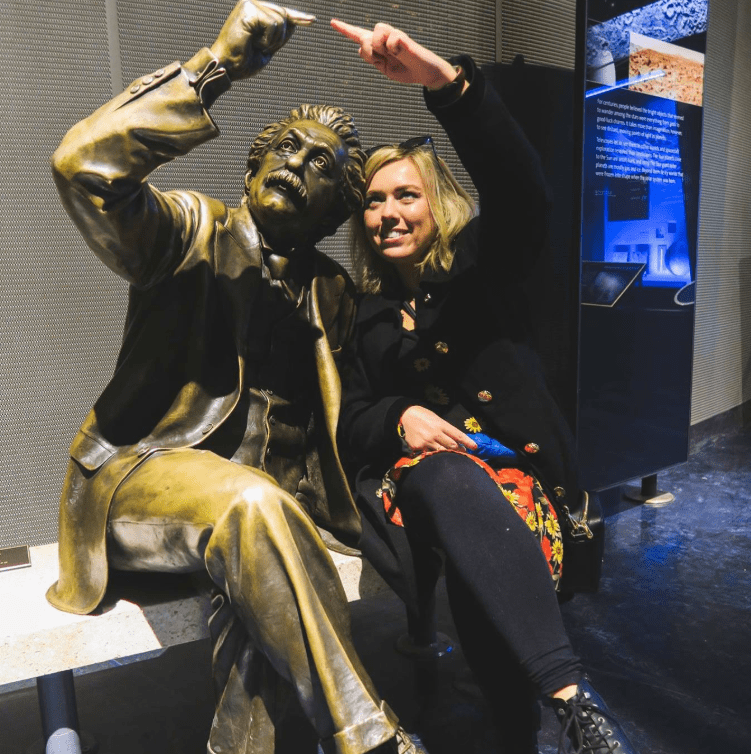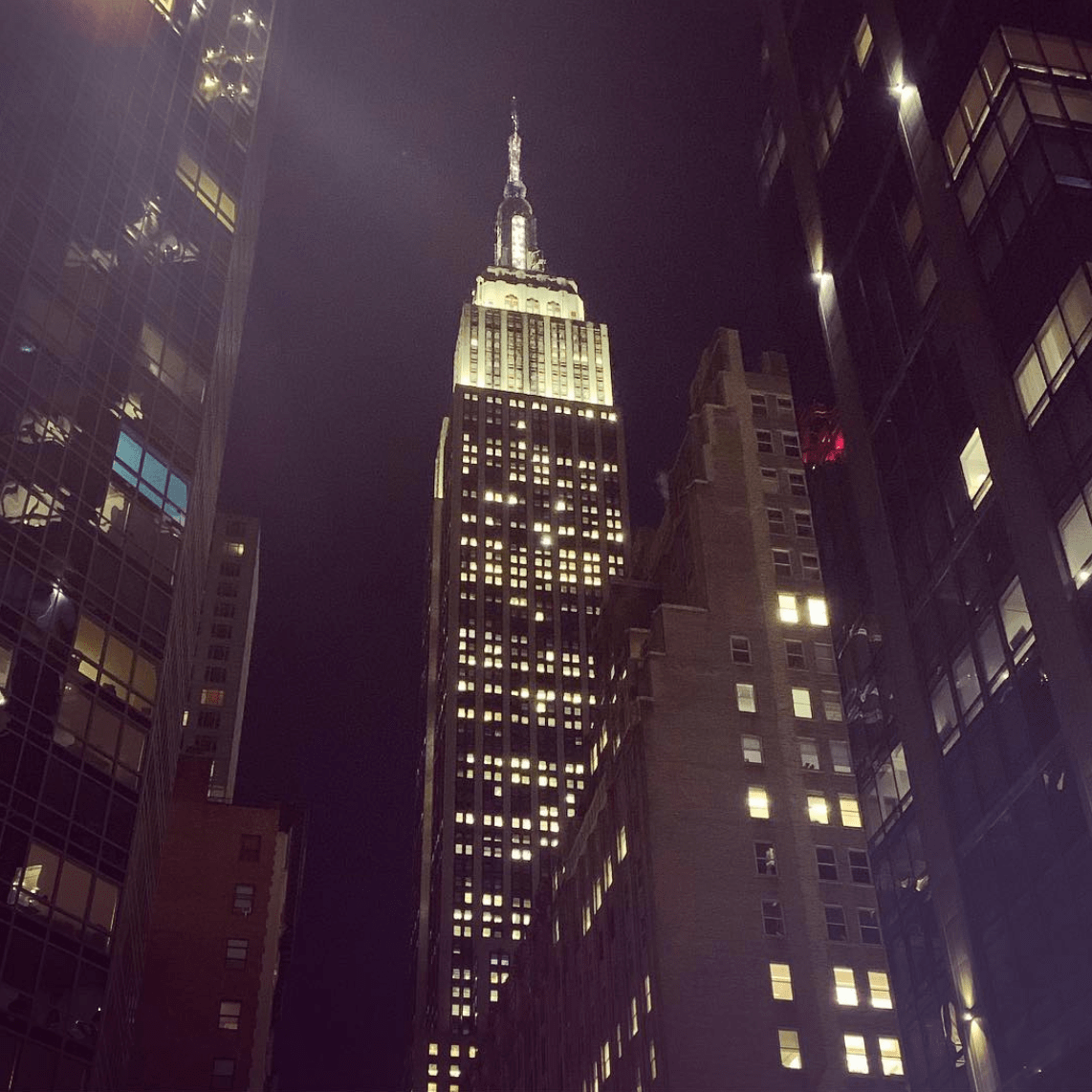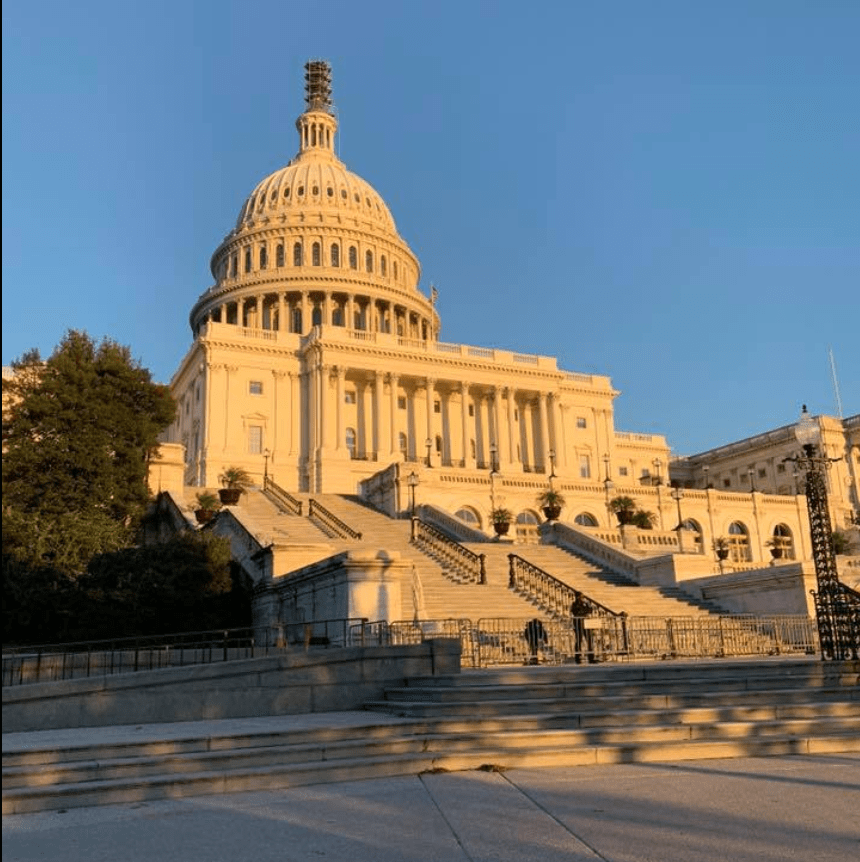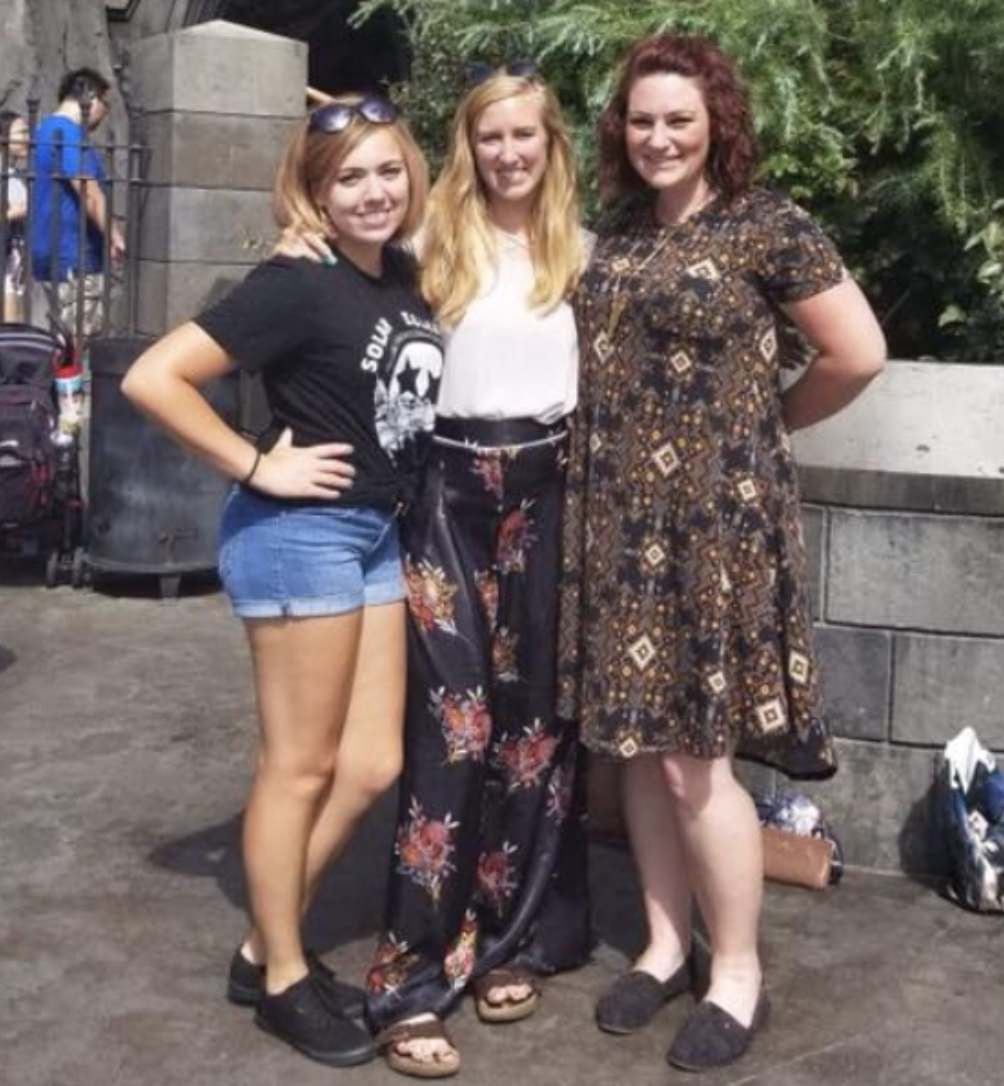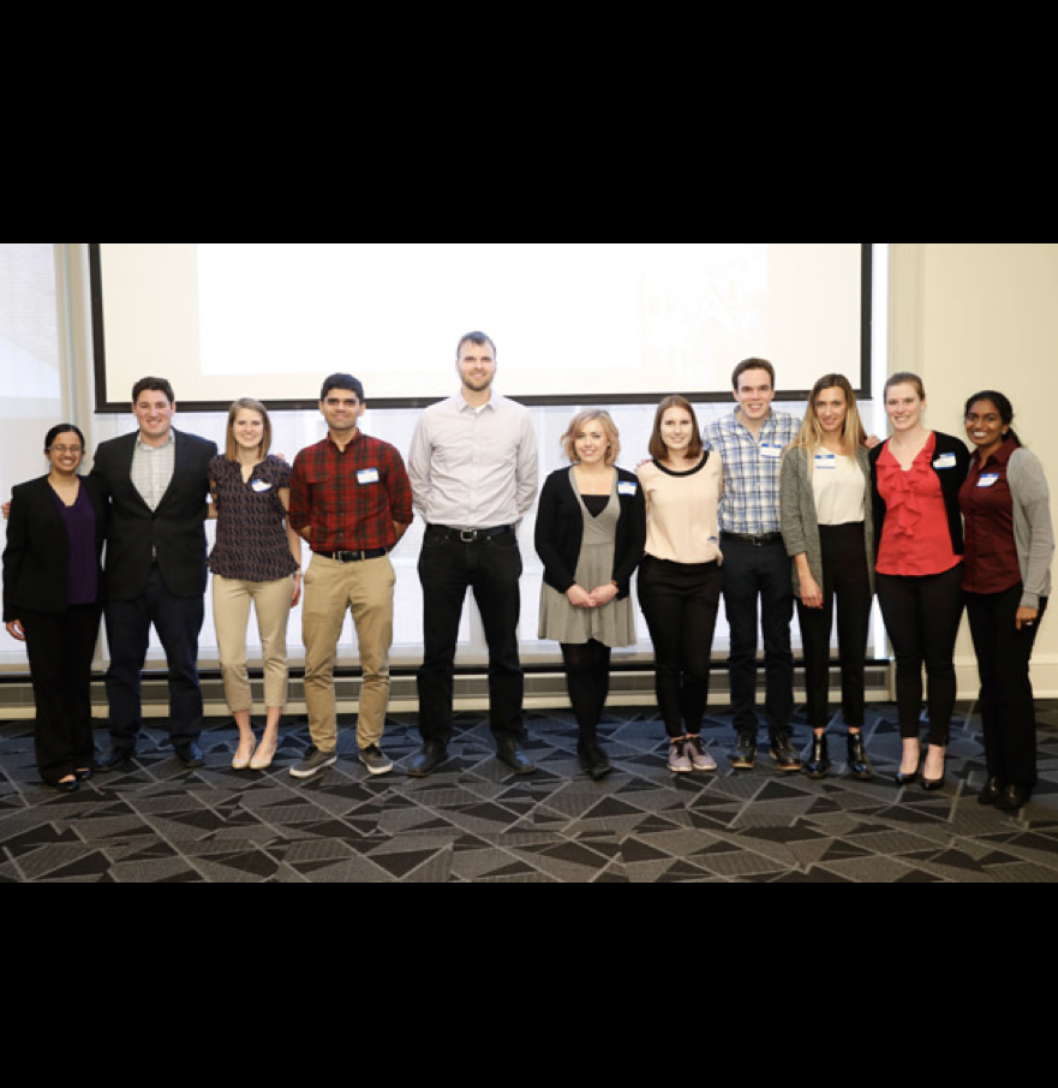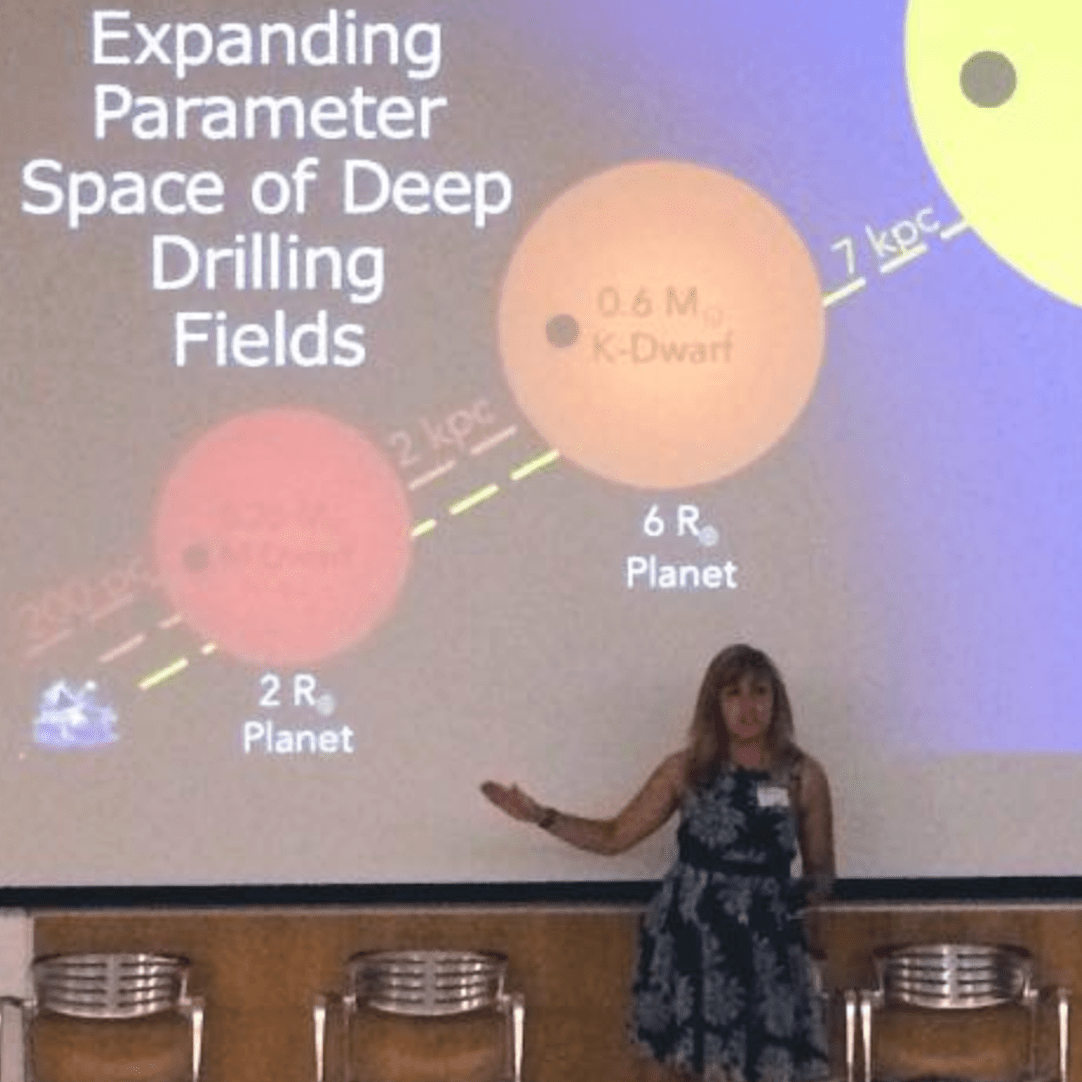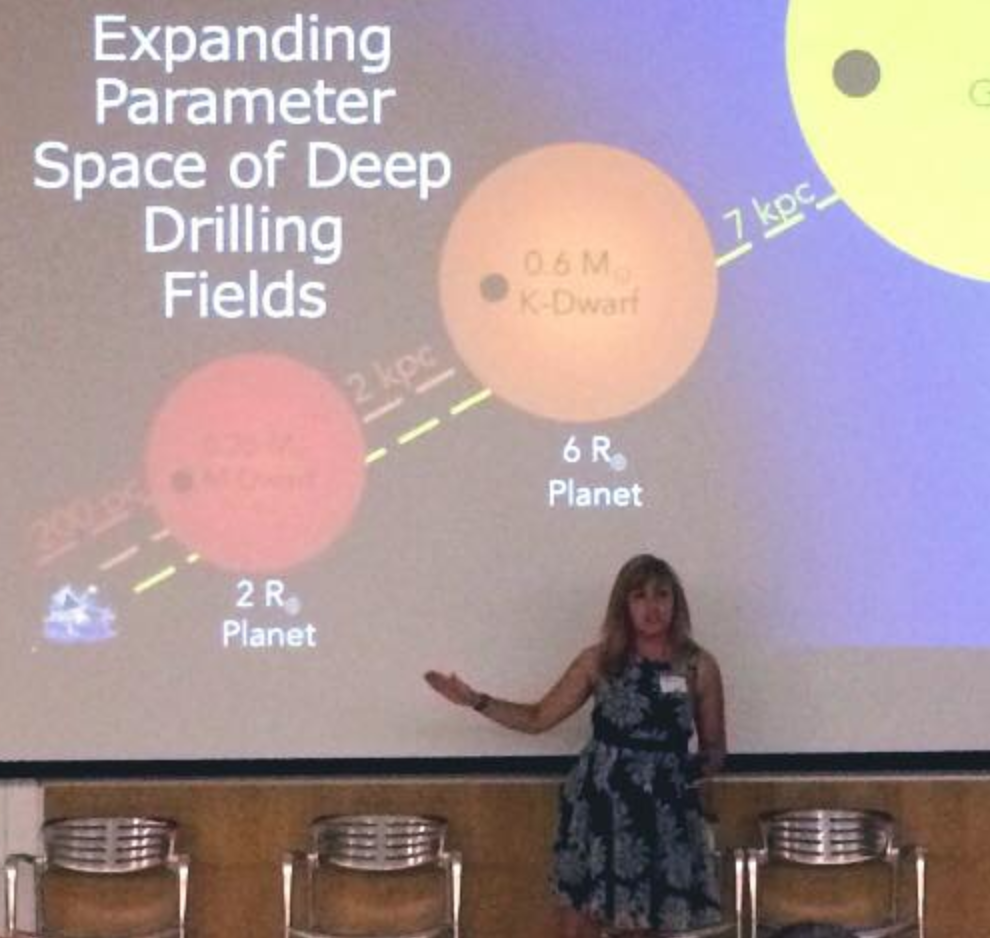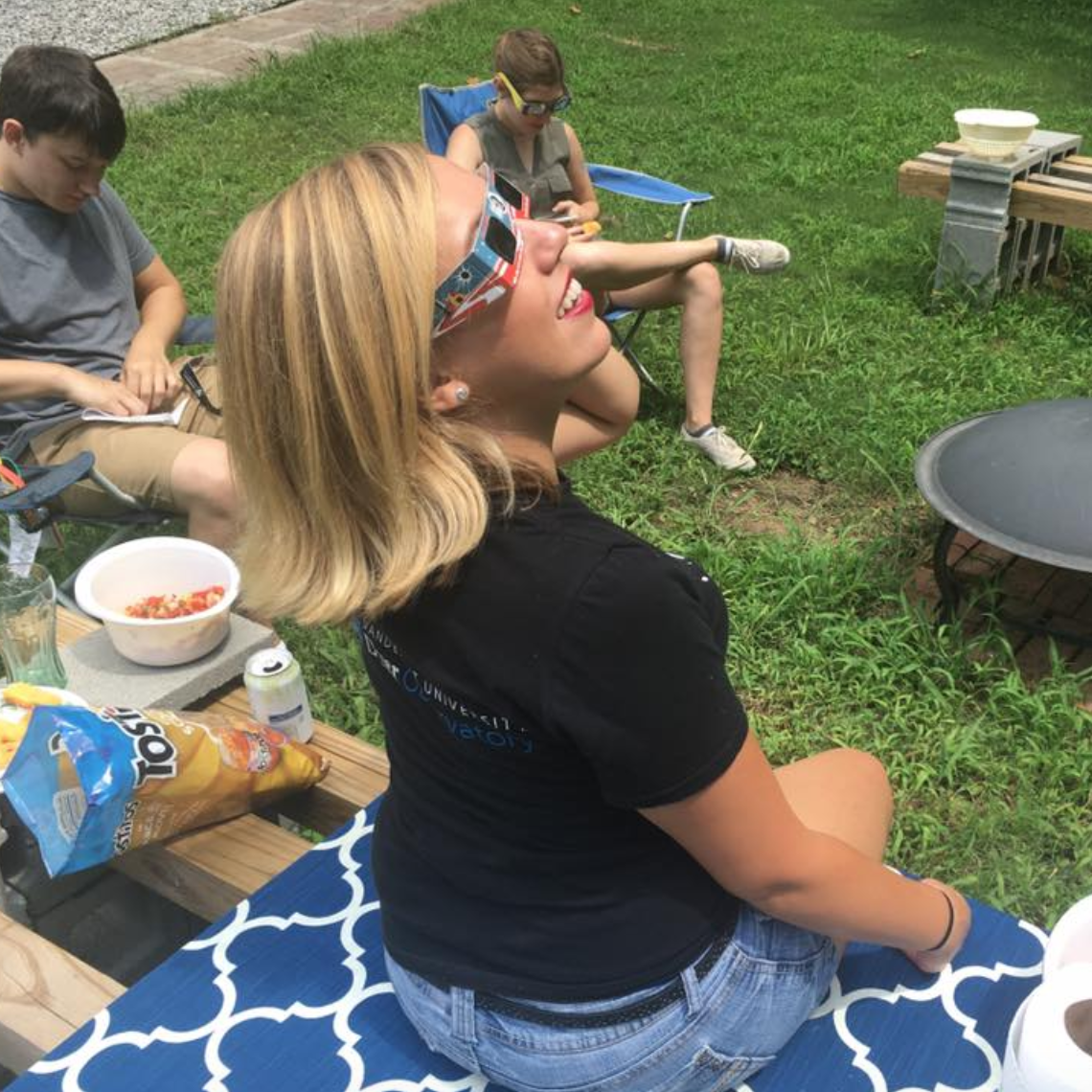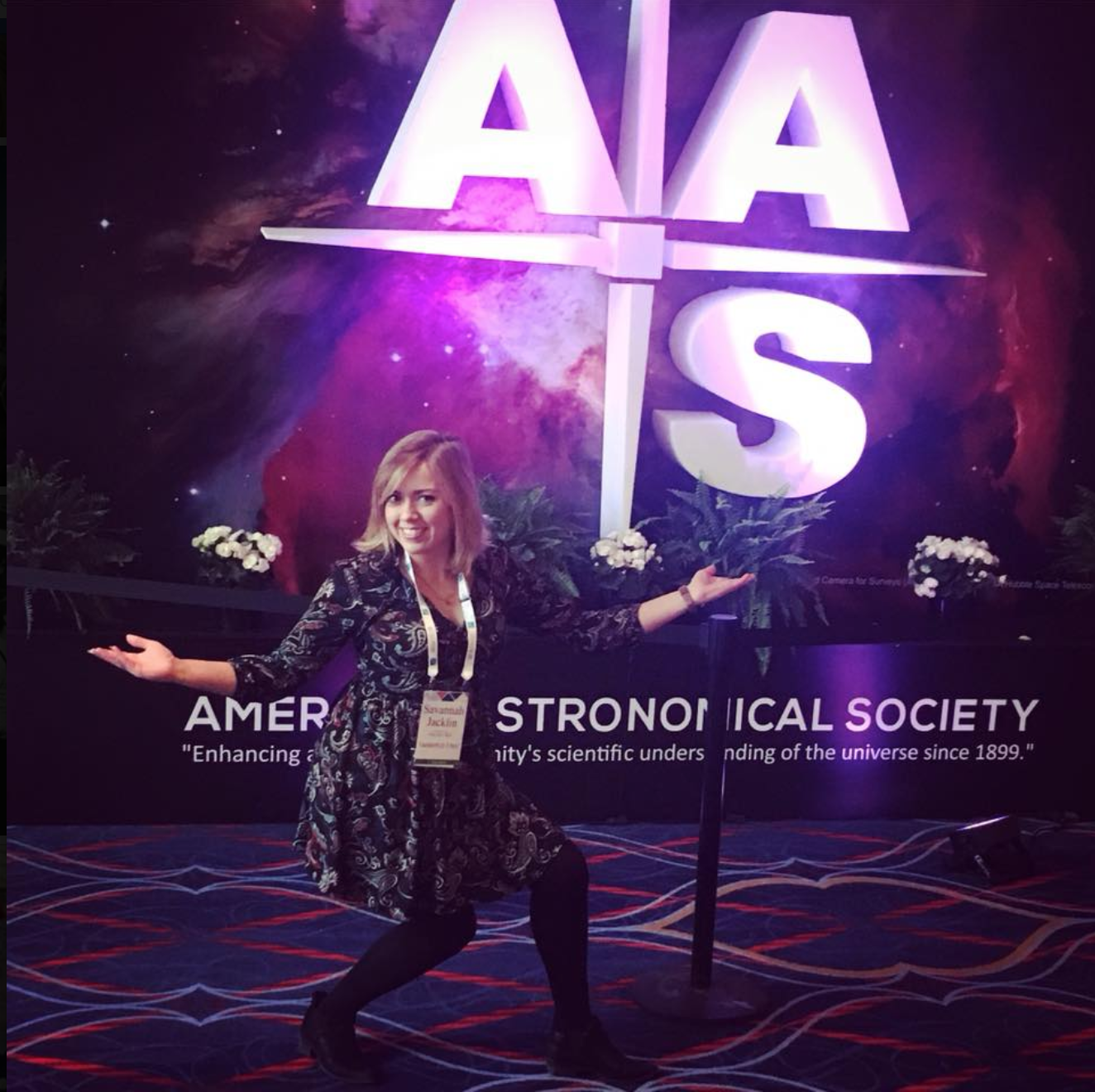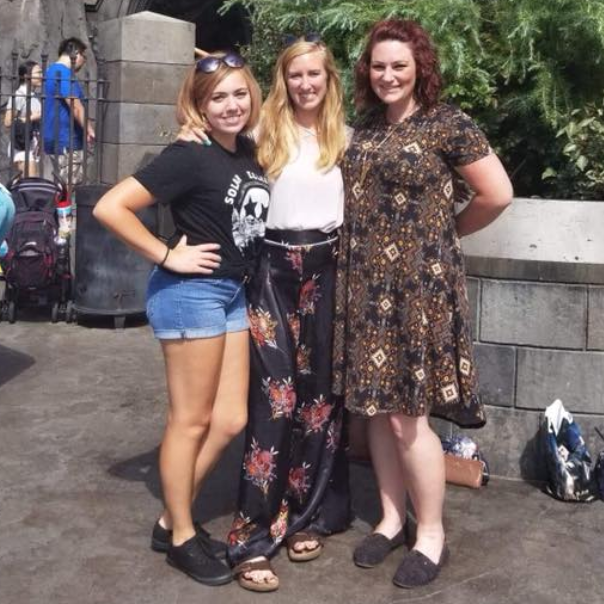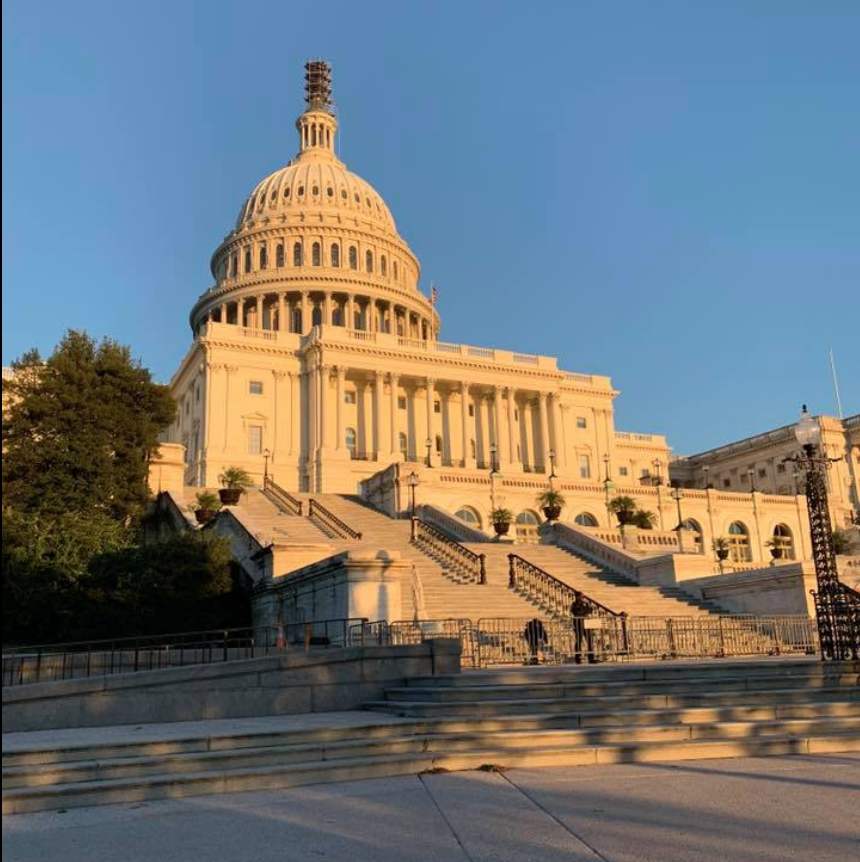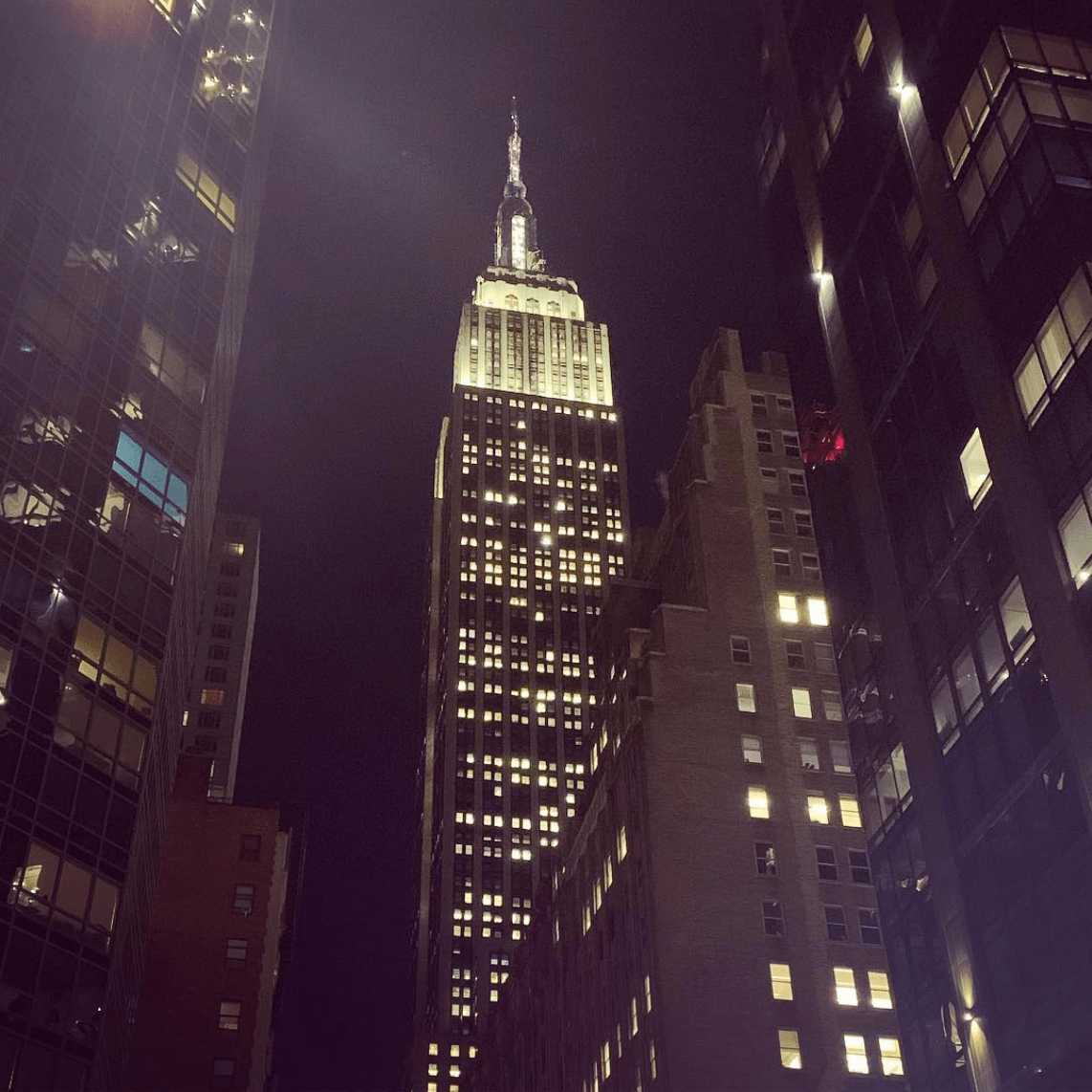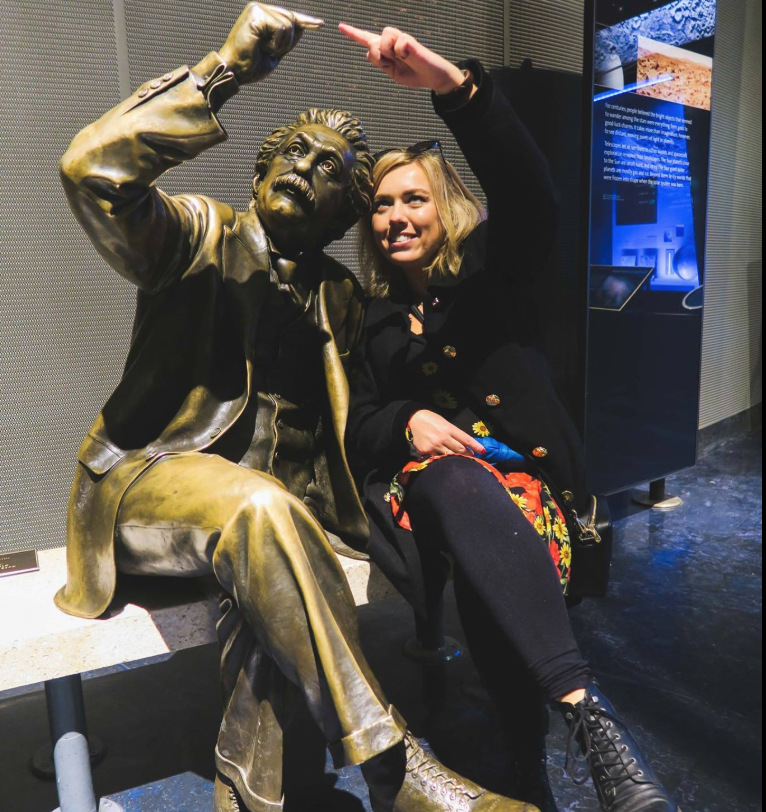
About Me
I am a fourth year astronomy graduate student at Vanderbilt University in Nashville, TN. Having completed my coursework, I now spend most of my time on research and as a teaching assistant. In collaboration with Michael B. Lund, Josh Pepper, and my research P.I. Keivan G. Stassun, I worked on calculating yield and characterization estimates for exoplanetary recoverabilty using the Large Synoptic Survey Telescope (LSST). Most recently I have been focusing on entering the field of gravitational microlensing. I am actively collaborating with Geoff Bryden, Yossi Shvartzvald, and Sebastiano Calchi Novati at NASA JPL and Caltech/IPAC in order to determine the near-infrared microlensing detetion efficiency and event rate near the Galactic Bulge with the United Kingdom Infrared Telescope (UKIRT). These calculations can then be used to inform design specifications and field chocies for the upcoming Wide Field Infrared Survey Telescope (WFIRST). In the long term, my goal is to become a professor/staff scientist, and to educate the public (particularly America's youth and underrepresented minorities) about the importance of STEM fields and the space industry to our country's future success.
Contact Details
Savannah R. Jacklin
Physics and Astronomy Department
Vanderbilt University PMB 401807
2301 Vanderbilt Place
Nashville, TN 37235-1807 USA
Office 6907B
Website: http://astro.phy.vanderbilt.edu/~jacklisr/
